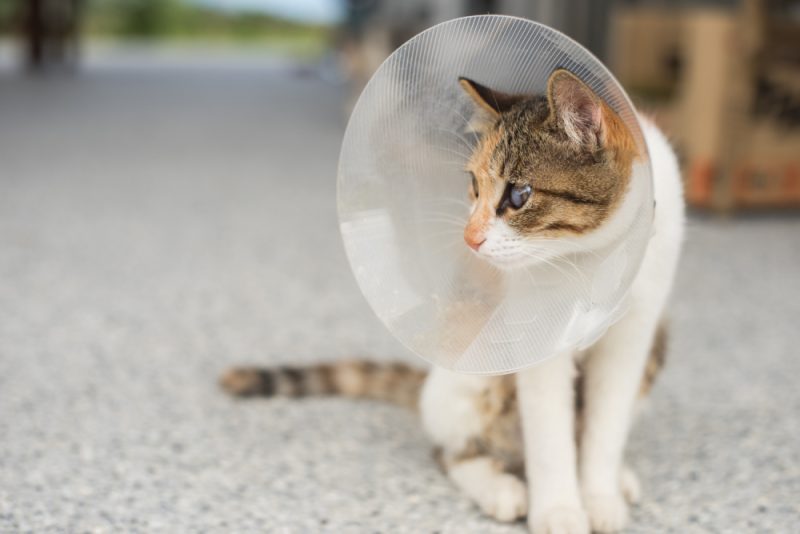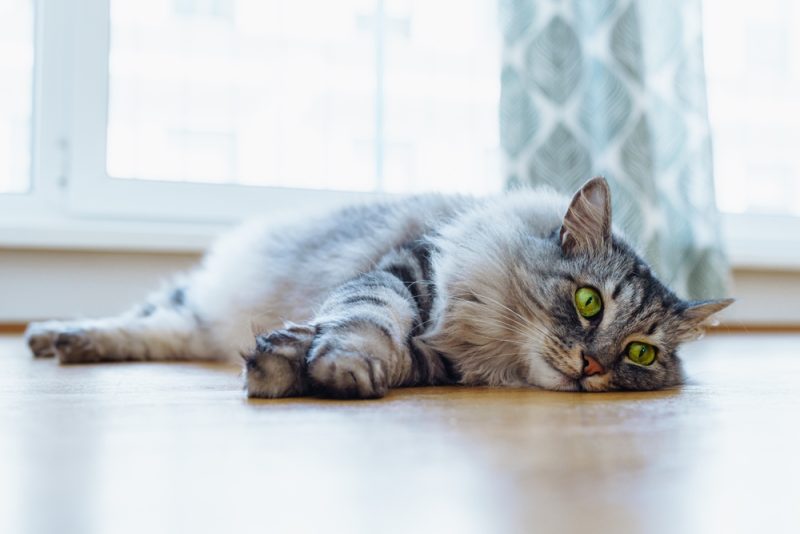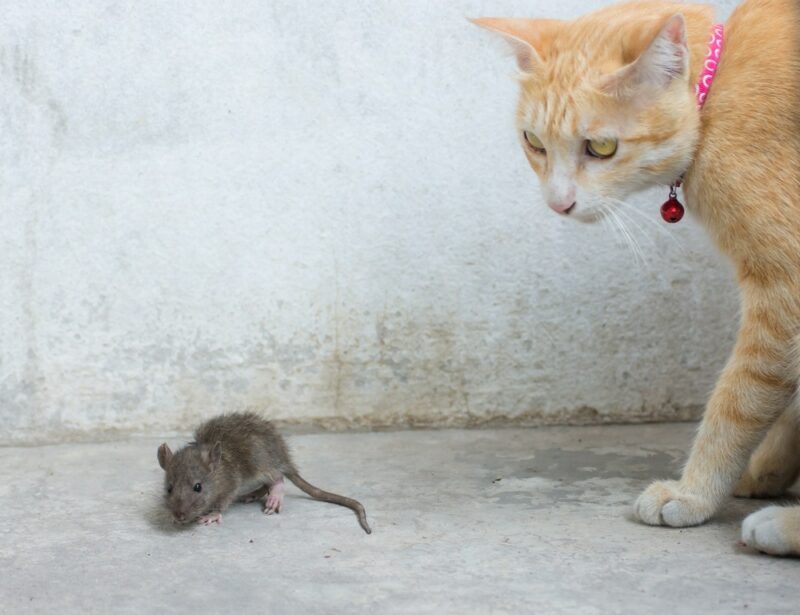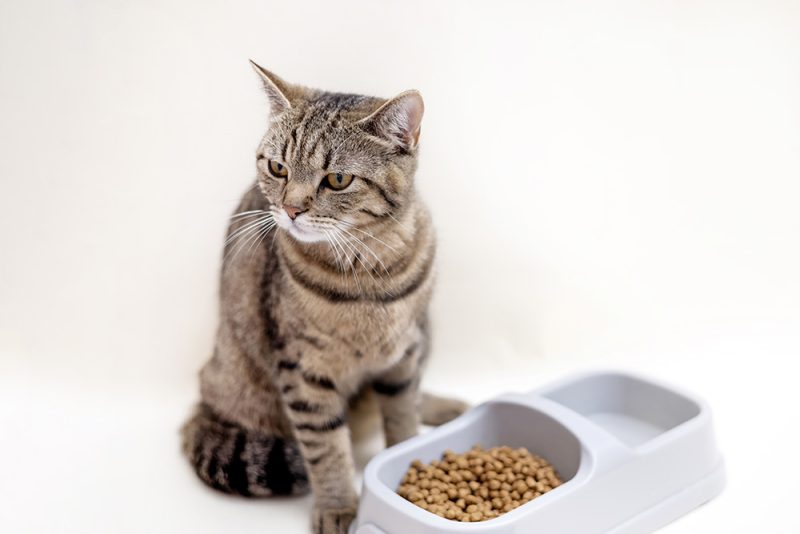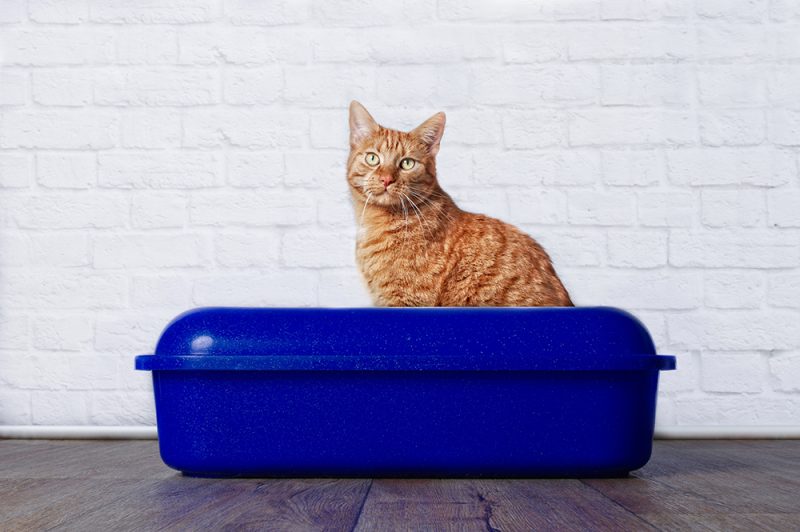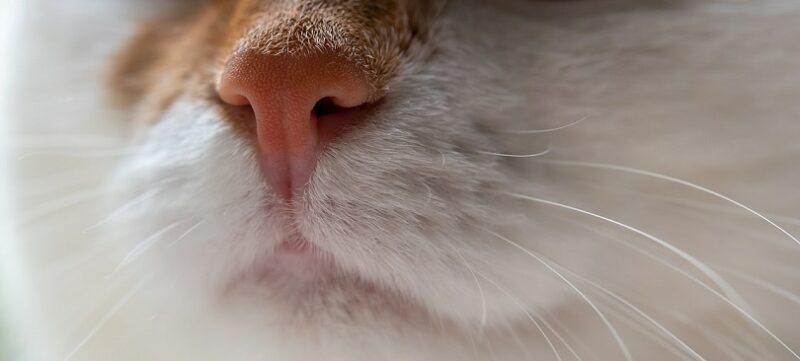You’re feeling sure about getting your cat spayed or neutered, but the operation is over and they’re at home — so now what?
Post-surgery recovery is where many pet parents begin to feel unsure. How long should your kitty be confined? What signs of trouble should you watch for? And how can you make sure the healing process goes smoothly?
Don’t worry, we’ve got your back. We thought we’d share some tips that our vets recommend so you can help your cat recover safely and comfortably after surgery.

The 7 Top Tips to Help Recovery After Spay/Neuter Surgery
1. The First 24 Hours Are Crucial
After surgery, your cat will be groggy from anesthesia for 24–48 hours. During this time, they need peace and quiet in a confined, cozy space (like a crate or small room) with a soft bed and easy access to a litter box.
2. Confinement Isn’t Mean – It’s Medicine
Your cat doesn’t know they just had surgery. That’s why they must be kept confined—to avoid tearing the incision or introducing bacteria. Confinement keeps them clean, calm, and healing properly.
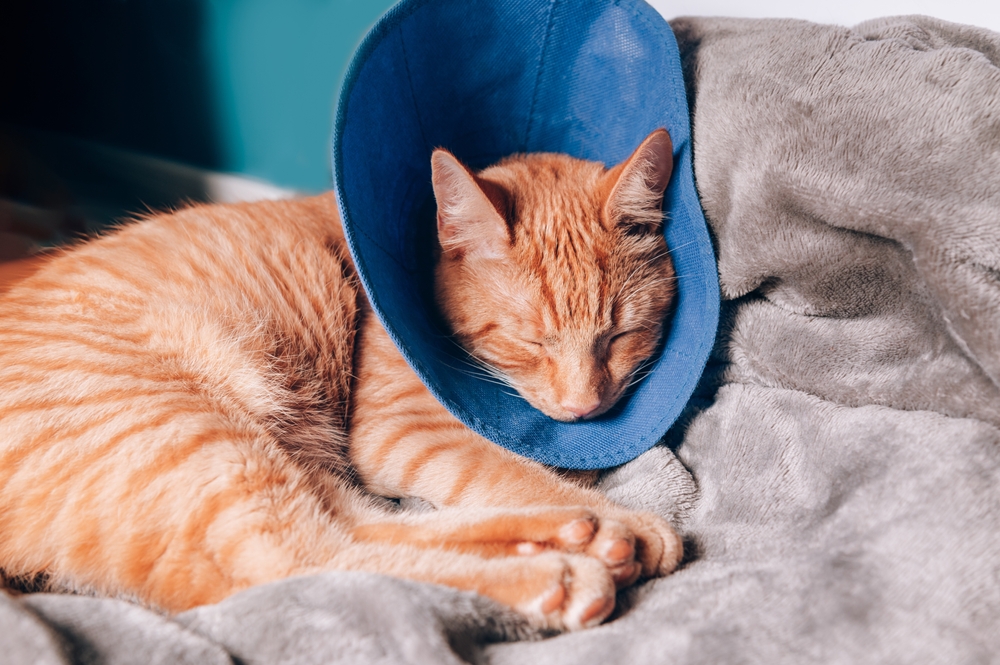
3. Limit Activity for 7–10 Days
No zoomies, jumps, or wrestling matches. For a full week or more, keep activity to a minimum — we know this is easier said than done! But it’s critical. Running or jumping can reopen the incision and lead to infection, so now’s the time for enforced cat naps.
4. Skip the Bath and Stay Indoors
Water and dirt are enemies of a healing incision. Keep your cat dry, clean, and inside for the entire recovery window. Avoid bathing, outdoor play, or anything that could get the wound wet or dirty.
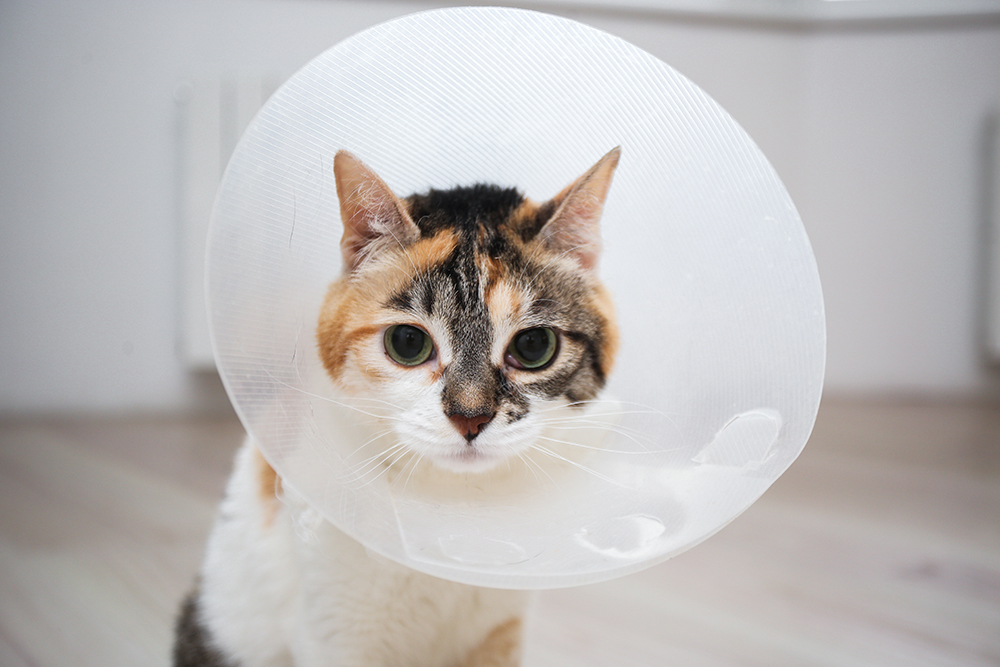
5. Check the Incision Twice Daily
A little redness is normal, but watch for swelling, pus, bleeding, or foul smells. We recommend that you inspect the area twice a day and contact your vet if anything looks off. It’s better to be safe than sorry, so definitely call if you have any questions or concerns whatsoever.
6. Know the Signs of Trouble
If your cat shows signs like drooling, hiding, shaking, not eating, or excessive lethargy, they may be in pain or developing an infection. Don’t wait—call your vet immediately.
7. Why It’s All Worth It
Beyond recovery, spaying or neutering offers long-term health and behavior benefits such as reduced cancer risk, fewer heat cycles or roaming tendencies, and a calmer, happier cat overall.


Wrap-Up
Your cat’s comfort and safety are in your hands during recovery from surgery, but don’t stress. With a few simple precautions and some extra TLC, most cats bounce back quickly and without complications.
Keep it calm, watch for any red flags, and always reach out to your vet with questions. You’ve already done the hardest part; now it’s just about healing.
Did You Know?
- Our brand-new posts are rounded up and included in our weekly emails. Don’t miss out on the latest – sign up for our newsletter below!
